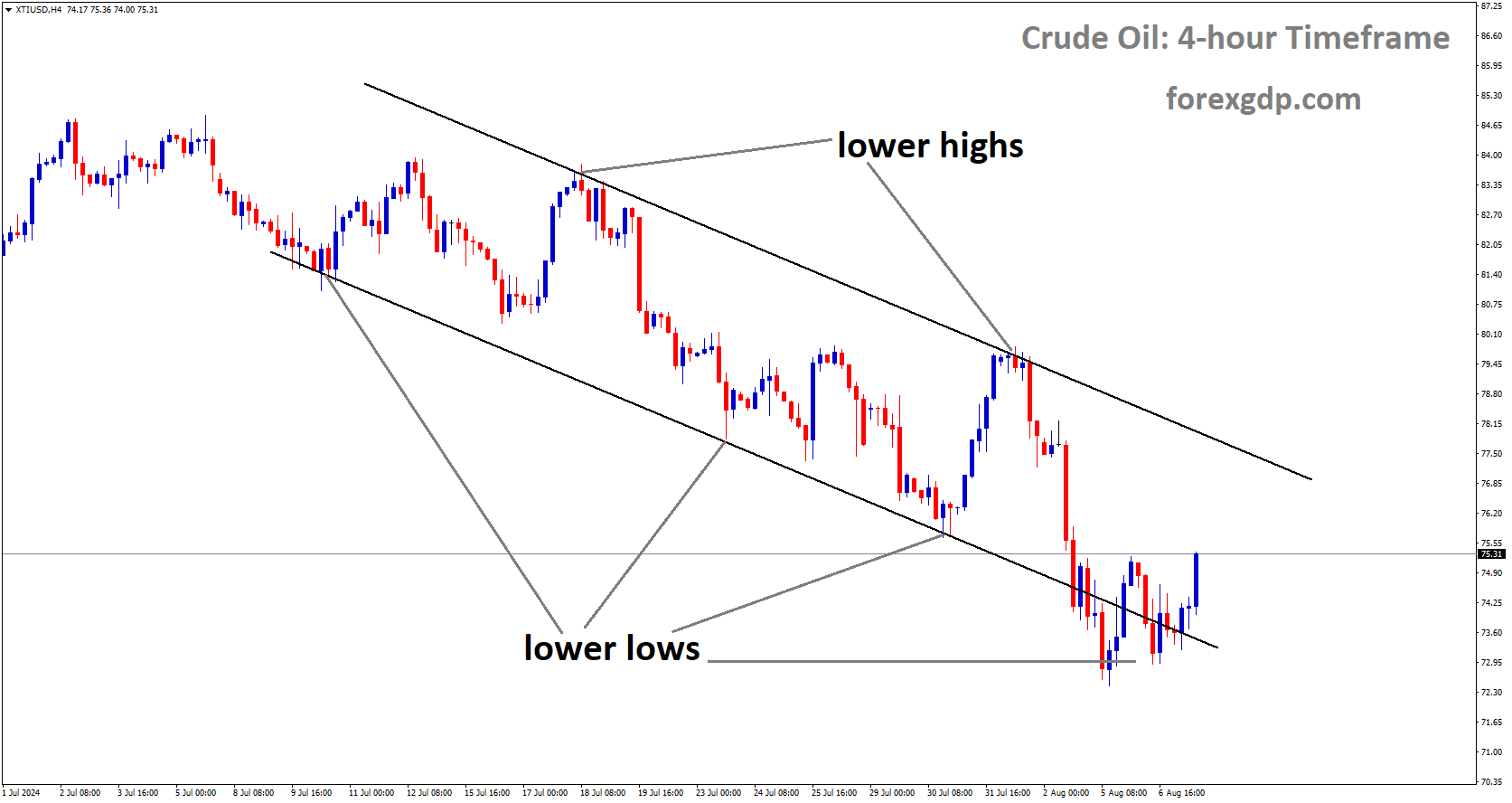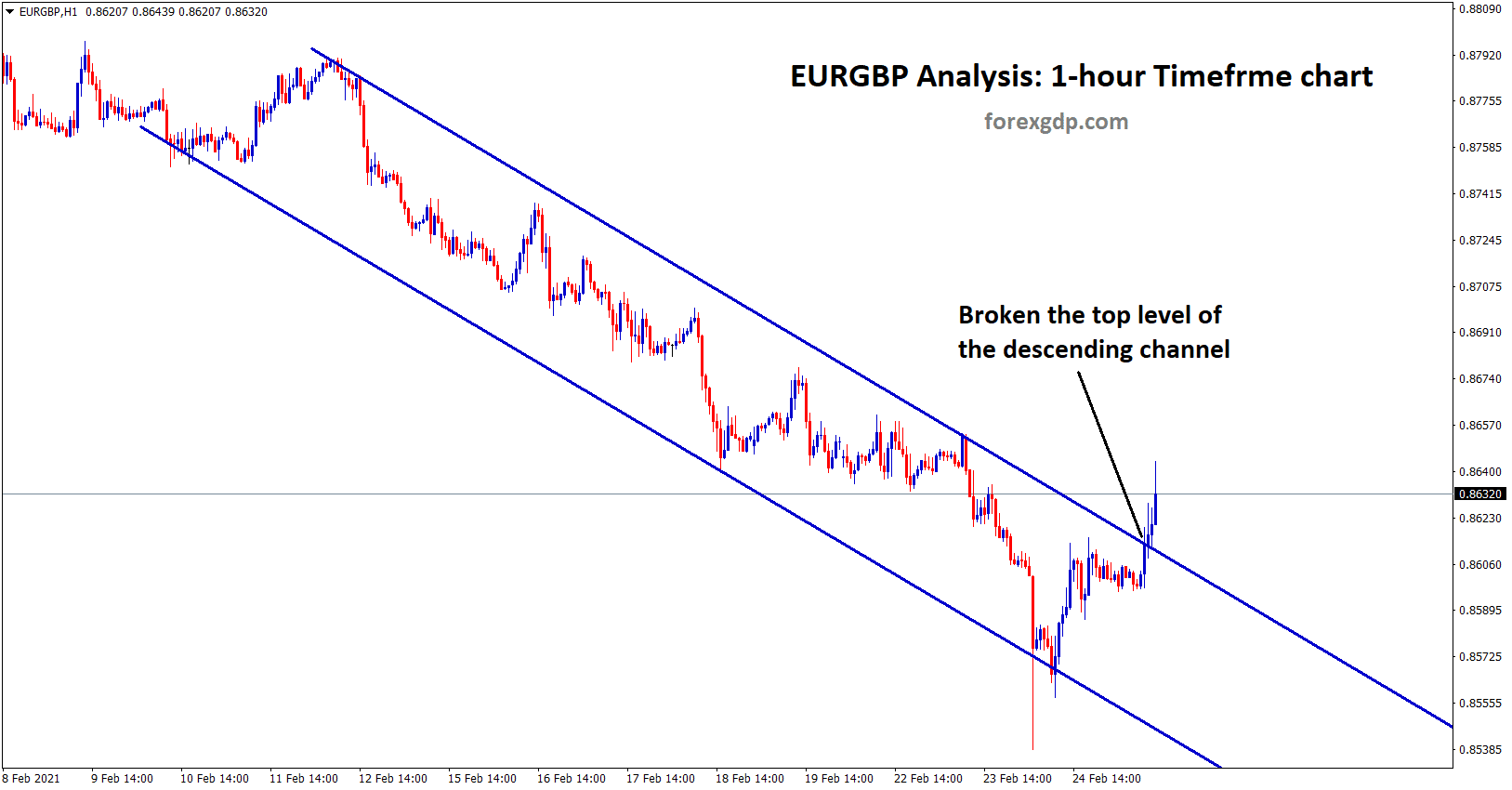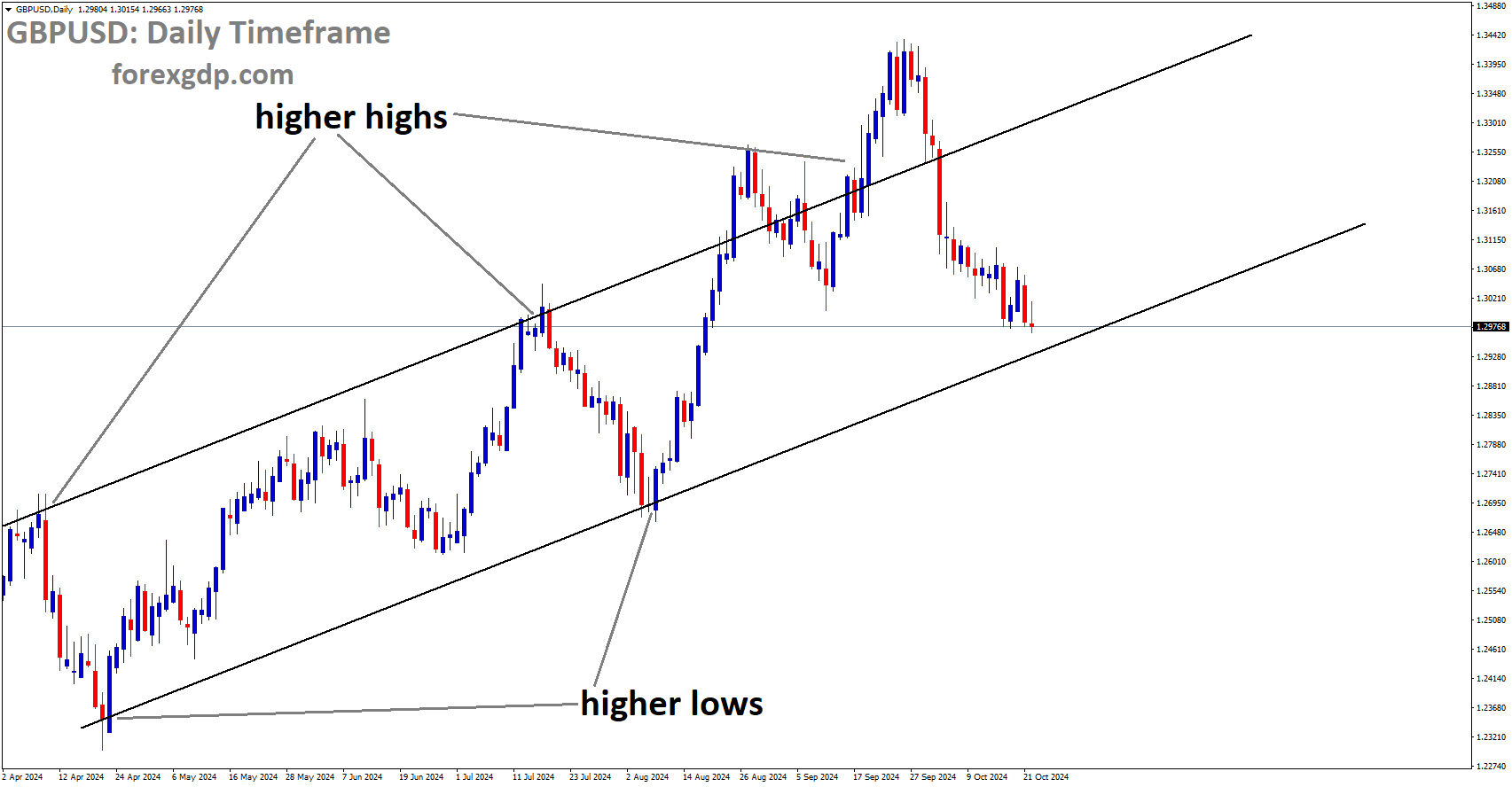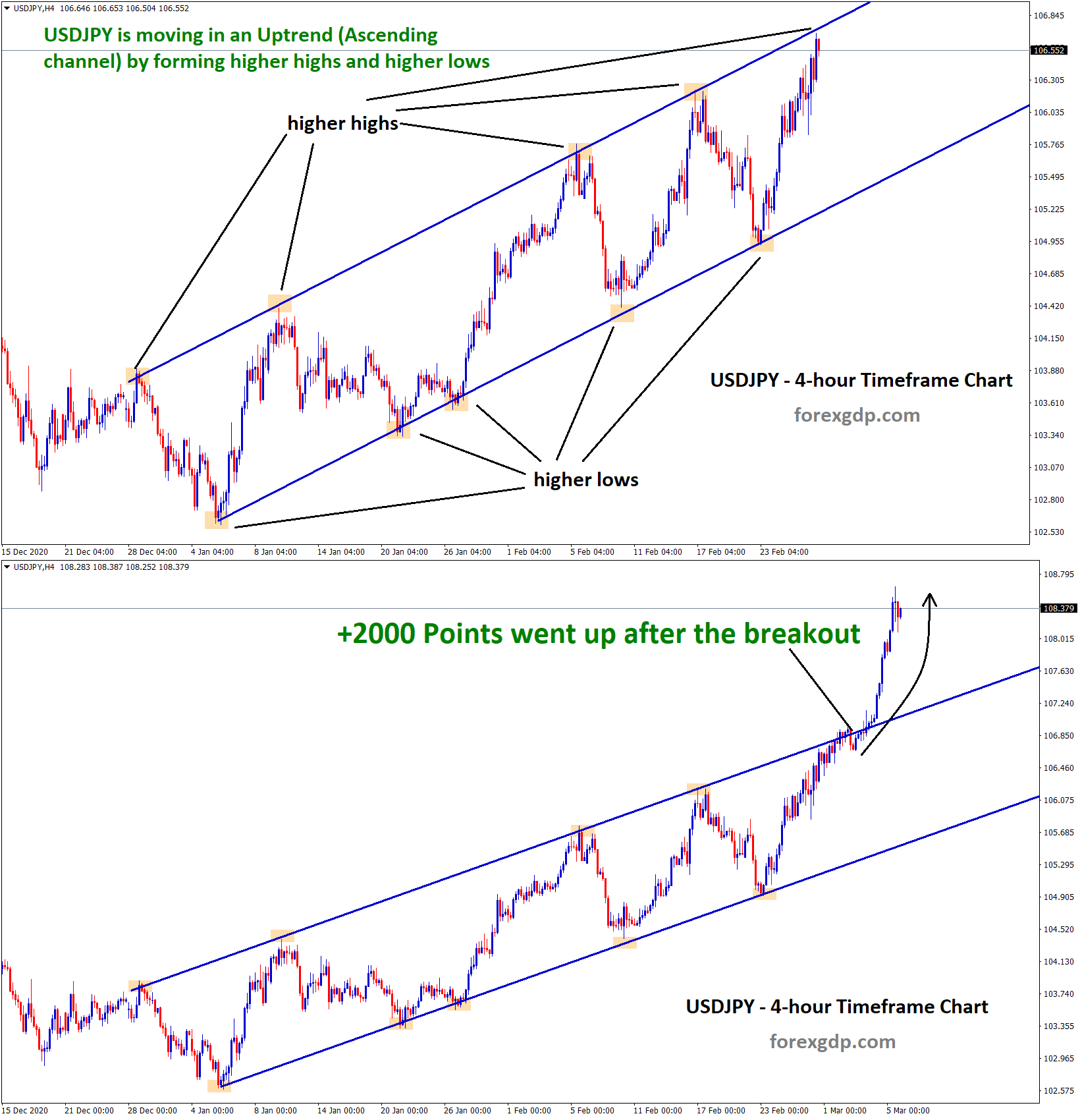Crude oil is moving in Symmetrical Triangle and market has reached higher low area of the pattern
WTI Breaks Losing Streak Amid Rising Middle East Tensions
West Texas Intermediate (WTI) crude oil prices are making headlines as they finally break a four-day losing streak, trading around $72.50 per barrel. The recent uptick in oil prices can be attributed to growing concerns over supply constraints due to escalating geopolitical tensions in the Middle East. Let’s dive into the details of what’s happening and what it means for the oil market.
Middle East Tensions and Supply Concerns
The Middle East has always been a hotbed of geopolitical activity, and recent events have only heightened concerns about potential supply disruptions. On Tuesday, Hamas named Yahya Sinwar as its new leader in Gaza following the assassination of former chief Ismail Haniyeh. This assassination has led to fears of further escalation in the region, with Iran and its allies—Hamas and Hezbollah—vowing retaliation against Israel and the United States.

These developments have raised the stakes in the already volatile region, prompting worries about potential impacts on oil supply. Any significant disruption in the Middle East could lead to tighter oil markets, pushing prices higher.
Bearish Demand Sentiment and Chinese Trade Data
While supply concerns are pushing prices up, bearish demand sentiment is also at play, potentially limiting the extent of the rebound in oil prices. Recent Chinese trade data revealed that daily crude oil imports in July fell to their lowest level since September 2022. As the world’s largest crude importer, any slowdown in Chinese demand can have a significant impact on global oil markets.
This bearish sentiment from China adds a layer of complexity to the current market dynamics, balancing out some of the upward pressure from supply concerns.
API Weekly Crude Oil Stock Report
In addition to geopolitical tensions and demand concerns, the American Petroleum Institute (API) recently released its Weekly Crude Oil Stock report. For the week ending August 2, the report showed an increase of 0.18 million barrels, falling short of the expected 0.85 million barrels. This follows a previous decline of 4.495 million barrels, highlighting the ongoing volatility in oil stock levels.
The US Energy Information Administration (EIA) is also set to release its Crude Oil Stocks Change report later in the North American session, which will provide further insights into the state of US oil inventories.
Global Oil Inventories and OPEC+ Production
According to a Reuters report, the EIA estimates that global oil inventories decreased by approximately 400,000 barrels per day (bpd) in the first half of 2024. The EIA projects that stockpiles will decline by around 800,000 bpd in the second half of the year. These figures underscore the tightness in the global oil market, driven by both supply constraints and fluctuating demand.
Crude oil is moving in Descending channel and market has rebounded from the lower low area of the channel
Meanwhile, the Organization of the Petroleum Exporting Countries (OPEC) and other producers, including Russia (OPEC+), are sticking to their plan to gradually end voluntary production cuts starting in October. Despite this, a Reuters survey released on Friday showed that OPEC’s oil output increased in July, even with the group’s production cuts in effect.
What’s Next for Oil Prices?
The oil market is currently caught between conflicting forces of supply concerns and demand uncertainties. On one hand, geopolitical tensions in the Middle East could lead to significant supply disruptions, pushing prices higher. On the other hand, bearish demand sentiment, particularly from China, could limit the extent of any price rebound.
As we move forward, several key factors will influence the direction of oil prices:
- Geopolitical Developments: Any further escalation in the Middle East could lead to tighter oil markets and higher prices. Conversely, if tensions ease, the upward pressure on prices could diminish.
- Chinese Demand: The pace of recovery in Chinese demand will be crucial. If Chinese imports pick up, it could provide a boost to global oil prices. However, continued weakness in Chinese demand could act as a drag on prices.
- US and Global Oil Inventories: Reports from the API and EIA will continue to provide important insights into the state of oil inventories. Any significant changes in inventory levels could impact market sentiment and price direction.
- OPEC+ Production Plans: The actions of OPEC+ will also play a key role. If the group sticks to its plan to end production cuts, it could lead to increased supply and potentially lower prices. However, any deviations from this plan could have the opposite effect.
Final Thoughts
In conclusion, the recent break in WTI’s losing streak highlights the complex interplay of factors currently influencing the oil market. Geopolitical tensions, demand uncertainties, and inventory levels all play a role in shaping the direction of oil prices. As we navigate these turbulent times, it’s crucial to stay informed and keep an eye on key developments that could impact the market.
Don’t trade all the time, trade forex only at the confirmed trade setups
Get more confirmed trade signals at premium or supreme – Click here to get more signals , 2200%, 800% growth in Real Live USD trading account of our users – click here to see , or If you want to get FREE Trial signals, You can Join FREE Signals Now!







